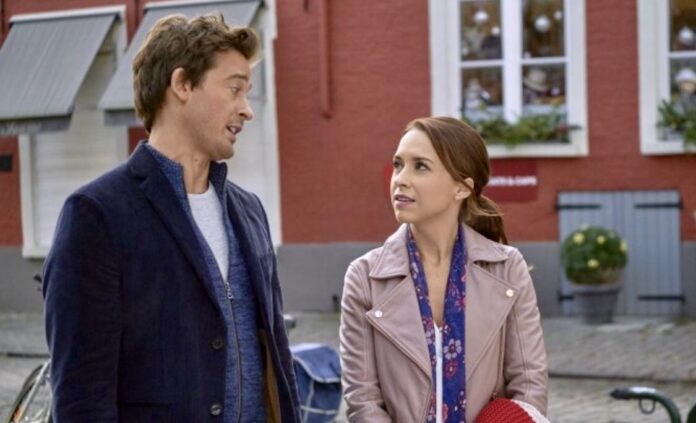I’m dreaming of a diverse Christmas.
Hallmark is known for its feel-good movies, especially its holiday-themed ones. The company is also known for its lack of diversity in characters and plots. This needs to change for the holiday movies to stay relevant in this day and age.
A glance at the movie posters of the 2016 Hallmark Christmas films tells me all that I need to know: A man and a woman, both white, are destined to fall in love with one another by the end of the movie.
Have things changed over the past few years in terms of diversity? Yes. Hallmark has included characters from more diverse backgrounds in the past five years—in movies such as Love, Romance, & Chocolate and Paris, Wine & Romance. These “diverse” characters, however, have Eurocentric backgrounds only, from Belgium and France, and aren’t visible minorities.
As Hallmark movies continue to feature a mostly white-washed, straight cast, the world is moving on. Even news outlets such as IndieWire, The Walrus and the CBC commented on it in their news articles.
Including diverse perspectives makes these movies more relevant to viewers. Watching the same stories about the same people quickly becomes boring, and is in no way reflective of the many people who make our world the interesting place that it is.
It is important for people of different backgrounds to see themselves represented in movies. Including marginalized communities in feel-good holiday movies shows that everyone can have a happy ending.
In this year’s Hallmark Christmas movies, there are more characters with diverse backgrounds: Alex Casillas’s family owns a Mexican bakery in Gingerbread Miracle, for example.
This lack of diversity can also be seen in terms of LGBTQ+ representation in characters. Hallmark only cast their first non-straight couple in last year’s The Christmas House. However, the LGBTQ+ couple isn’t even the protagonist.
The lack of LGBTQ+ protagonists is a recurring issue throughout Hallmark movies.
The messages in Hallmark Christmas movies aren’t unique either.
A woman from the big city meets a single dad from a small village, falls in love, cheats on her boyfriend who still lives in the city, and quits her well-paying, benefits-inclusive job to live happily ever after—this is the oh-so predictable plot of almost every Hallmark movie.
While the message that you don’t need a nine-to-five office job to be happy is quaint and well-intentioned, there are other storylines that can lead to the same happy ending. Why not a man leaving his career for a woman?
Furthermore, Hallmark gives us the thumbs up to cheat on our partners. There is no justification for that. Just because a couple is fighting and miles away from one another, doesn’t mean one of them can kiss someone else without repercussions.
I wish that Hallmark would show that it’s alright to meet someone, fall in love and then discover that you aren’t right for one another. Not all couples have to end up with each other or stay that way forever.
In their 2014 movie The Nine Lives of Christmas both protagonists don’t end up together despite their obvious chemistry. They do, however, become a couple in the 2021 sequel The Nine Kittens of Christmas. This was disappointing: Hallmark couldn’t simply leave the story as it was without coupling characters. Happy endings don’t only come from getting married.
Hallmark’s current attempts at diversifying plots and making their movies more inclusive are not enough. Hallmark needs to consistently show diverse characters and plotlines to maintain relevance in years to come.
Featured image from IMDB.






